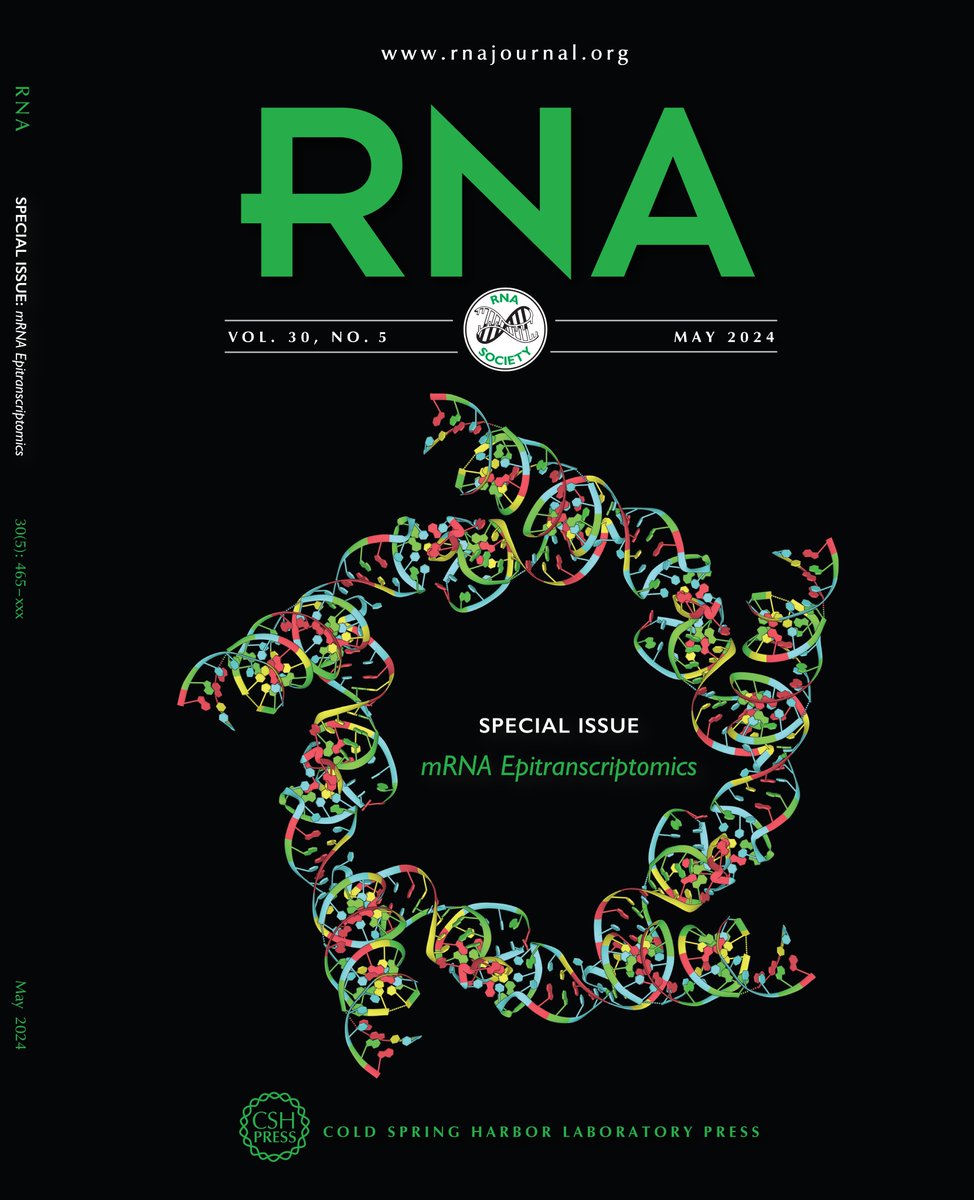
B. Fadi Marayati, Ph.D.
@rnaloops
Duke Human Vaccine Institute - mRNA Scientist. WFU PhD (Zhang Lab, 2021). RNA Society Jr. Sci. Committee (2018). Single stranded enthusiast, big fan of m6A.
ID: 1002671550489718784
01-06-2018 22:01:41
503 Tweet
193 Takipçi
267 Takip Edilen







The Nobel Prize winner Thomas Cech's recent essay in the The New York Times highlights #RNA as the molecule set to redefine the future of science. While DNA has historically dominated research, RNA is emerging as a cornerstone for new scientific breakthroughs. In the essay, Cech recounts his


Check out my dear colleague and Duke Cell and Molecular Biology Graduate Program director Dr. Mike Boyce (@BoyceLab) Duke University School of Medicine Spotlight, discussing all his contribution to DEI programs at Duke and nationwide through American Society for Cell Biology! Thanks for all you do, Mike! medschool.duke.edu/blog/edi-spotl…




We are excited to have our m6A sensor technology featured on the cover of the latest issue of Nature Biotechnology. Congratulations again to first author B. Fadi Marayati, Ph.D. and @TheHornerLab and Holley Lab for their great contributions! nature.com/nbt/volumes/42…

Excited to share our latest work developing DART transgenic mice and using them to profile m6A in single cells of the mouse brain. A fantastic study led by Matt Tegowski with contributions from Holley Lab nature.com/articles/s4159…




Today we report in Nature Biotechnology a system for the laboratory evolution of engineered virus-like particles (eVLPs) that enables the discovery of eVLP variants with desired properties, including improved production and delivery potency. 1/13 PDF: drive.google.com/file/d/1E6Nr86…







